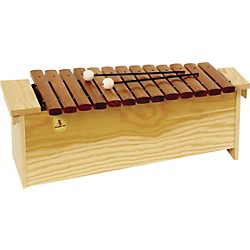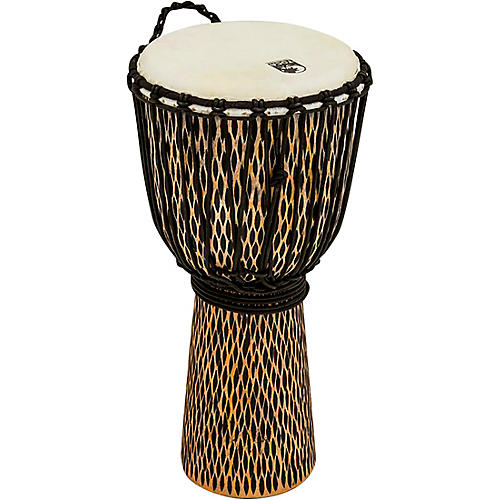Grades 3, 4
Instruments of the Orchestra
On February 6, 2018, the grades three and four students from CJFS went on a field trip to a Calgary Philharmonic Concert at Jack Singer Hall downtown.
In preparation for the field trip, the students studied four composers: Johann Sebastian Bach, Ludwig Van Beethoven, Johannes Brahms and Benjamin Britten.
They also studied the four families of the orchestra: string, woodwinds, percussion and brass. The instruments are grouped in families because the instruments in each family have characteristics that are the same (in common). The instruments in the string family all have strings. Most are played with a bow or they are plucked. You blow the instruments in the woodwind family and they used to be made out of wood. Now only the mouthpiece is made out of wood. Although you blow over the mouthhpiece of the flute and the piccolo, they do not have wood in their mouthpiece. They are the only exceptions in the woodwind family. The instruments in the brass family are made of brass. You play the brass instruments by vibrating your lips. You play the percussion instruments by hitting them or shaking them or scraping them.
We learned even more about the composers and instruments when we went on the field trip. Check out more information about our unit on the CJFS website.




